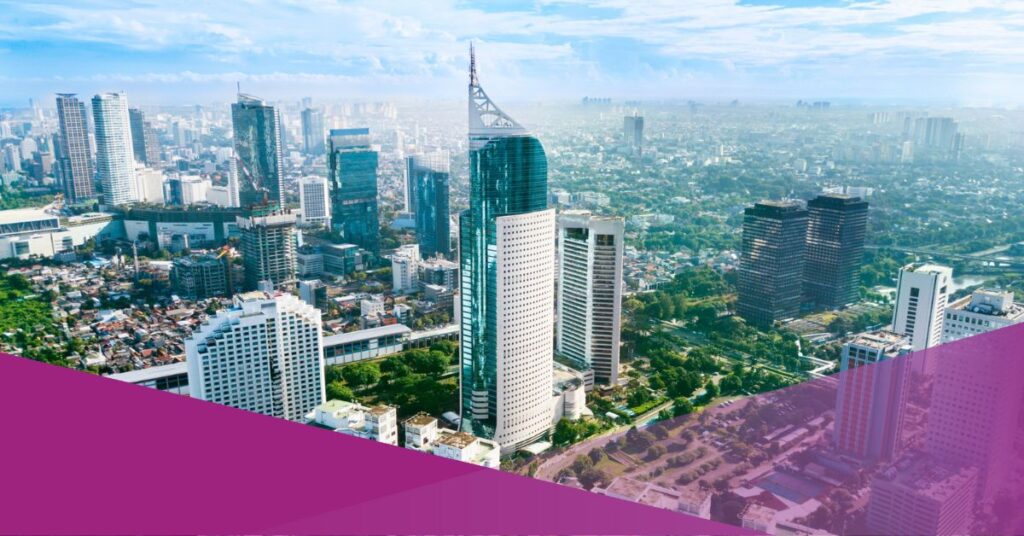PT Angkasa Pura Indonesia (InJourney Airports) has confirmed that Terminal 1C at Soekarno-Hatta International Airport is fully operational from 12 November 2025, following the completion of a multi-phase revitalisation project.
The upgrade increases the terminal’s annual passenger capacity from 3 million to 10 million, contributing to a total airport capacity of 96 million passengers per year across Terminals 1, 2, and 3.
President Director of PT Angkasa Pura Indonesia (InJourney Airports), Mohammad R. Pahlevi, said the increased capacity strengthens the airport’s readiness to accommodate rising passenger volumes.
“Soekarno-Hatta Airport’s capacity is now approaching 100 million passengers per year, and this confirms Soekarno-Hatta Airport’s readiness to anticipate growing flight traffic and strengthen its position as one of the world’s largest airports,” he said on Saturday, 8 November 2025, as quoted by Liputan6.
He added that the reopening of Terminal 1C supports the institution’s rebalancing programme, which aims to redistribute airline operations between terminals.
“This is also one of the traffic management efforts on the airport’s landside, which was previously congested, to make it more comfortable. Previously, Terminal 2F, specifically for Hajj and Umrah, was also operational after the revitalisation process,” he said.
The revitalisation process included structural upgrades, modernisation of passenger facilities, and operational adjustments intended to improve terminal efficiency. The reopening enables more balanced use of airport infrastructure and is expected to reduce pressure on Terminals 2 and 3 during peak travel periods.
Modern Facilities Combined with Traditional Indonesian Elements
Soekarno-Hatta International Airport General Manager, Heru Karyadi, said the revitalisation of Terminal 1C goes beyond physical upgrades, emphasising improvements in comfort, identity, and service quality.
“This design not only enhances the appearance, but also reflects the unique Indonesian warmth that we want to bring to every passenger,” he said on Tuesday, 11 November 2025.
Terminal 1C now features a combination of modern layouts and traditional Indonesian elements, including terracotta brick and local architectural ornaments.
These features have been integrated into a renewed terminal design that incorporates updated technology, improved circulation, and clearer zoning for departures and arrivals. According to airport management, the approach aims to create a more distinctive travel environment while maintaining operational efficiency.
Heru stated that the reopening represents ongoing efforts by the operator to improve terminal service standards.
“We see this as more than just an operational overhaul, but an effort to provide a better travel experience,” he said.
The improvements cover several functional areas, including passenger movement flow, check-in zones, waiting areas, and supporting facilities. The operator has also upgraded lighting, air circulation, and information systems, aligning the terminal with current service requirements.
Citilink Domestic Flights Fully Centralised at Terminal 1C
With the reopening, Citilink now operates all domestic departures and arrivals from Terminal 1C. The airline had partially used the terminal since 22 August 2025, but all Citilink domestic operations formally moved on 12 November 2025.
The relocation forms part of the airport’s rebalancing policy to ensure a more even distribution of passenger loads across terminals. According to InJourney Airports, the arrangement is intended to improve operational clarity for passengers and enhance overall terminal efficiency.
The airport operator has advised passengers to check flight information carefully and note the changes to Citilink service points. The update applies to both departure and arrival locations. The operator states that the change is expected to support smoother passenger movement as terminal upgrades continue across the airport complex.



























